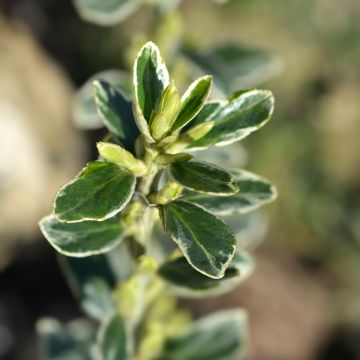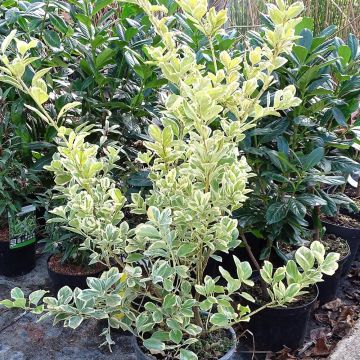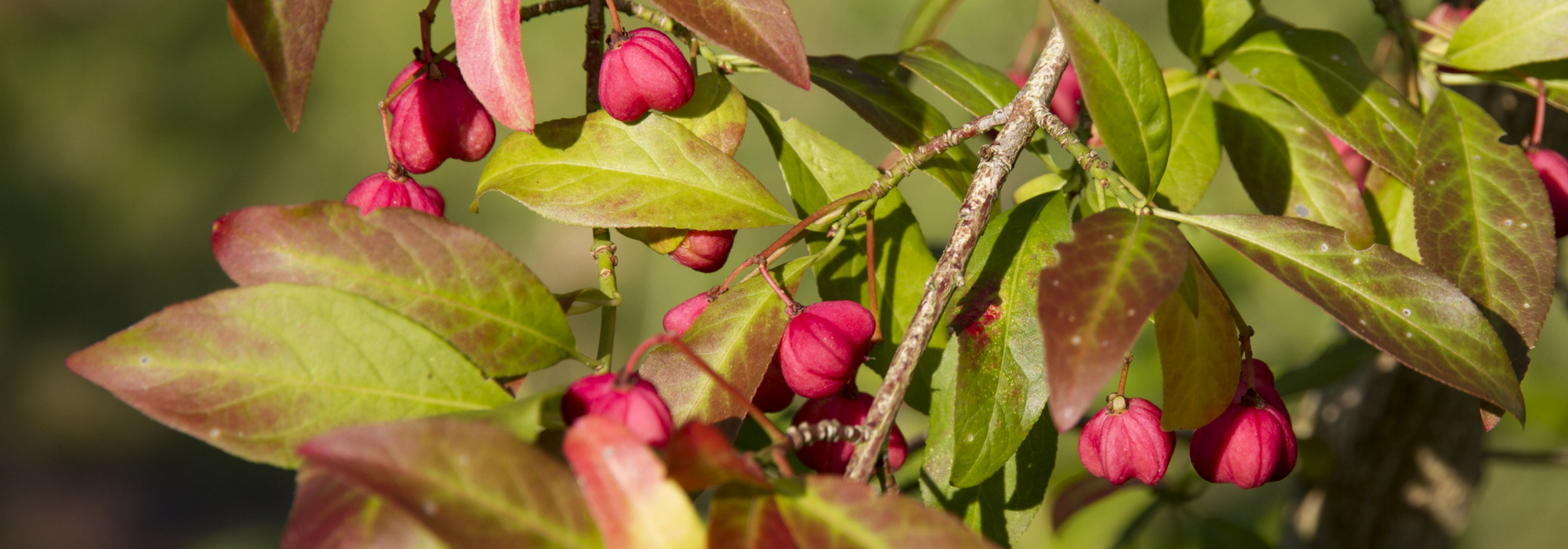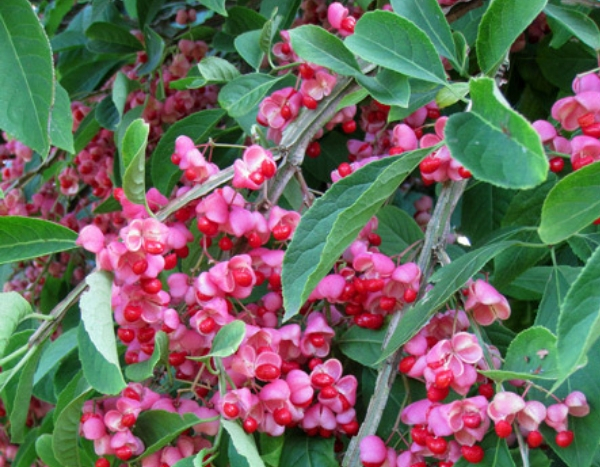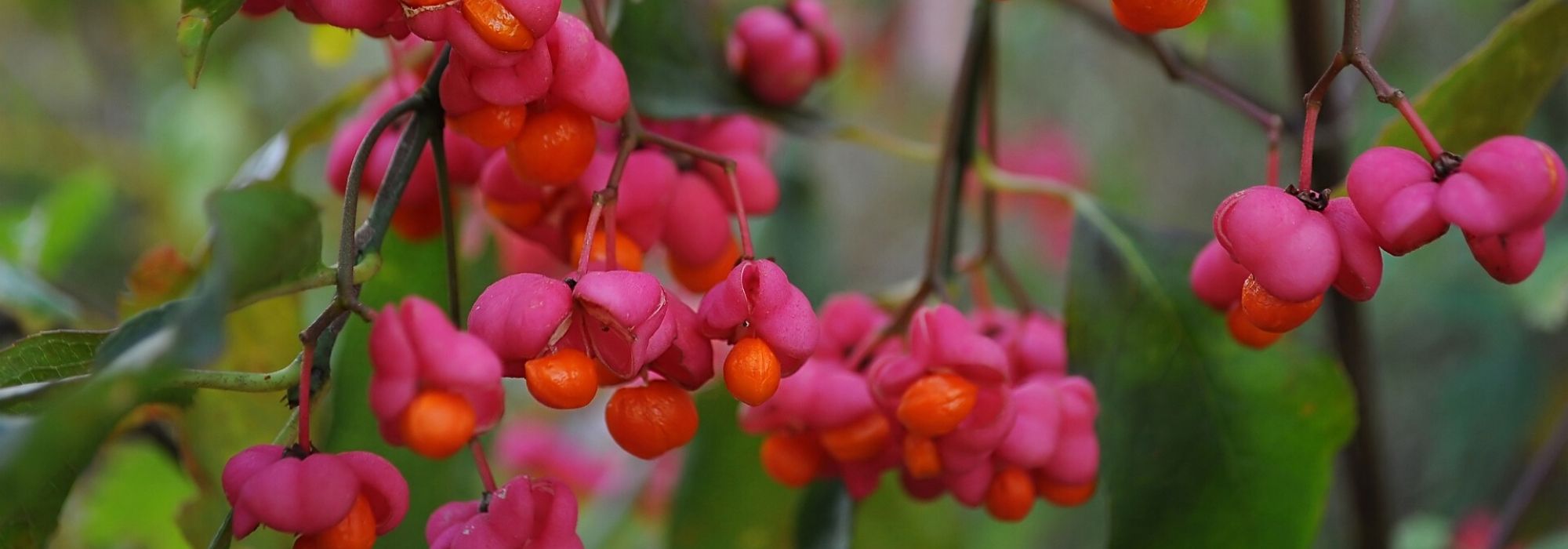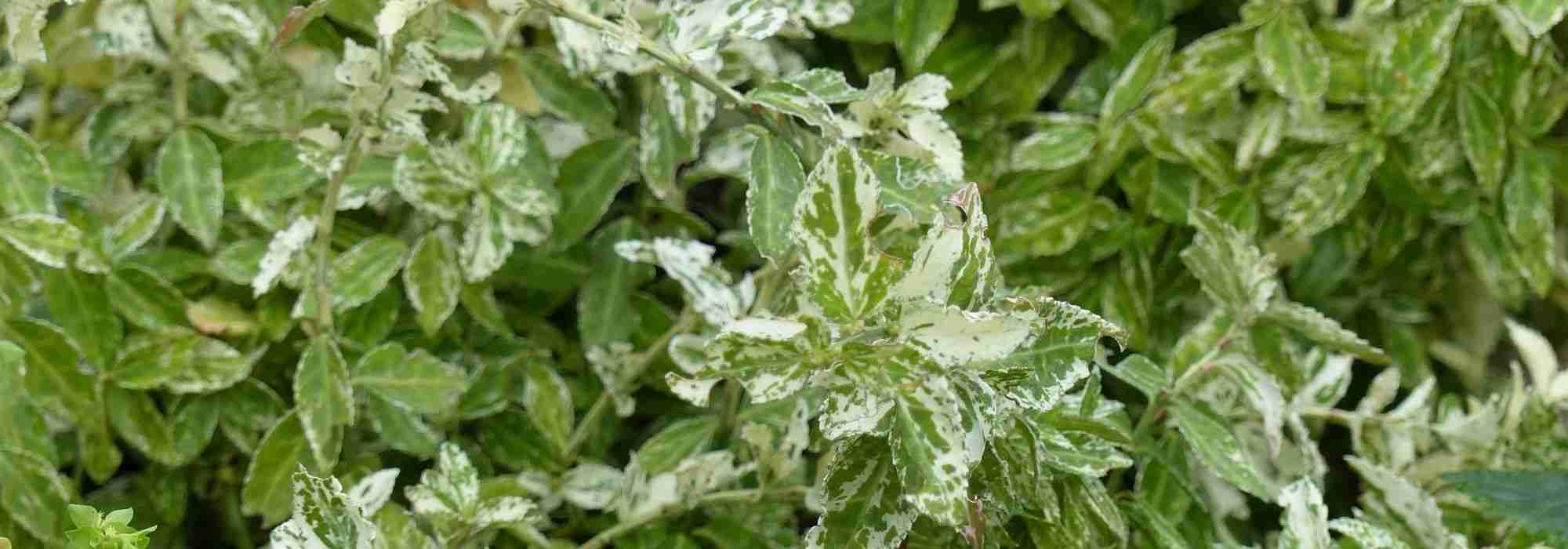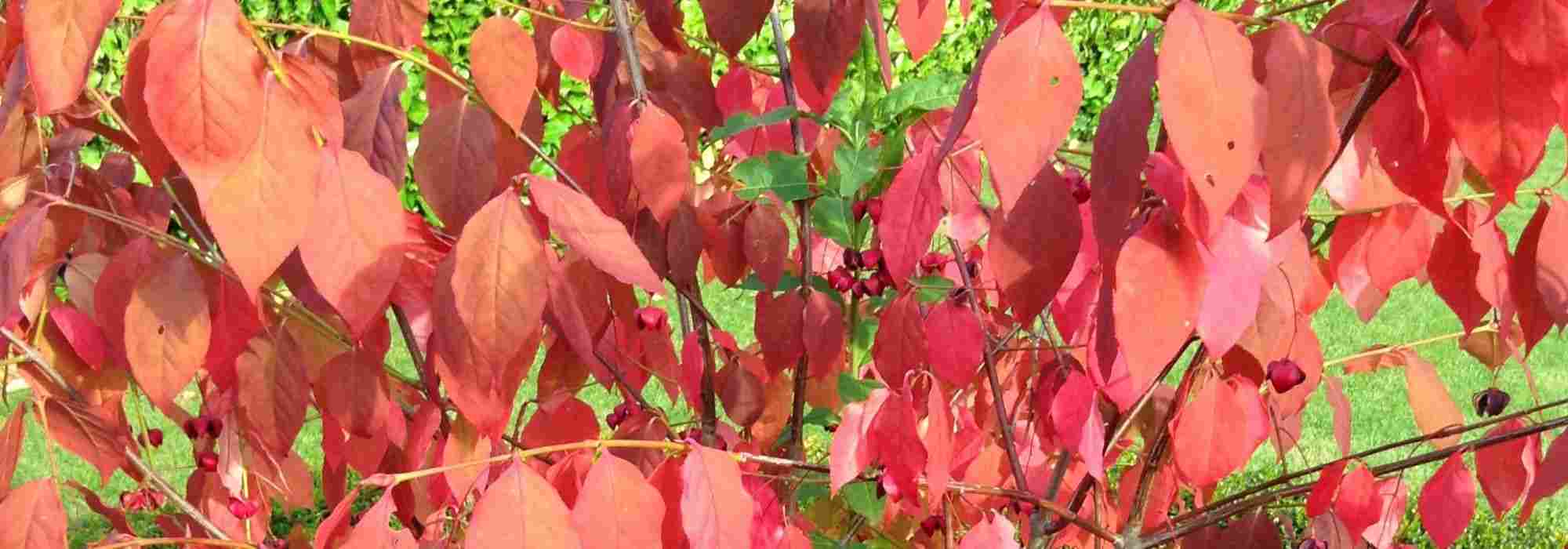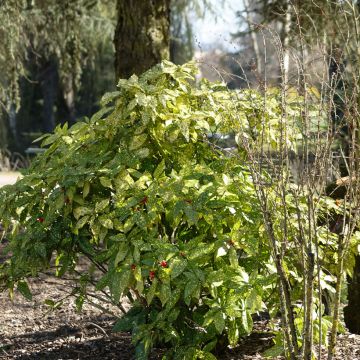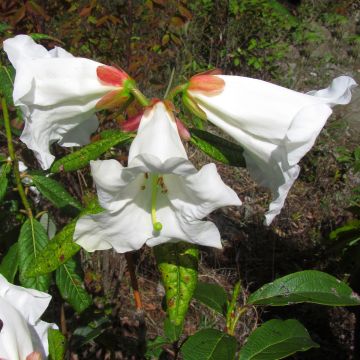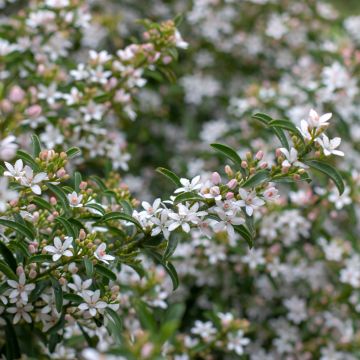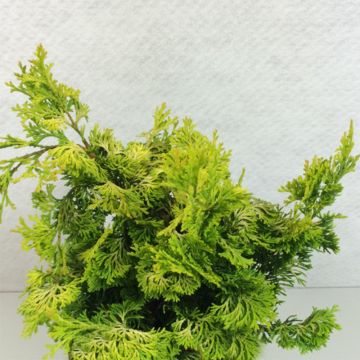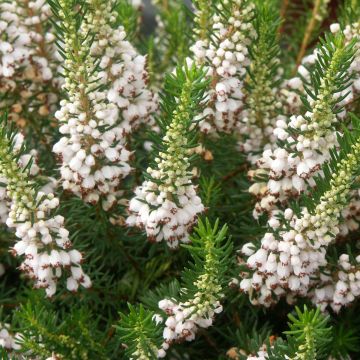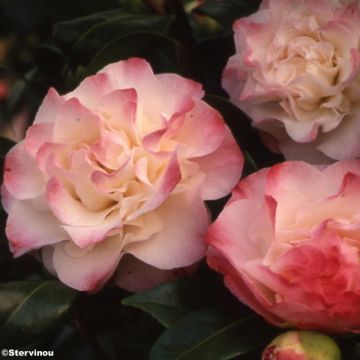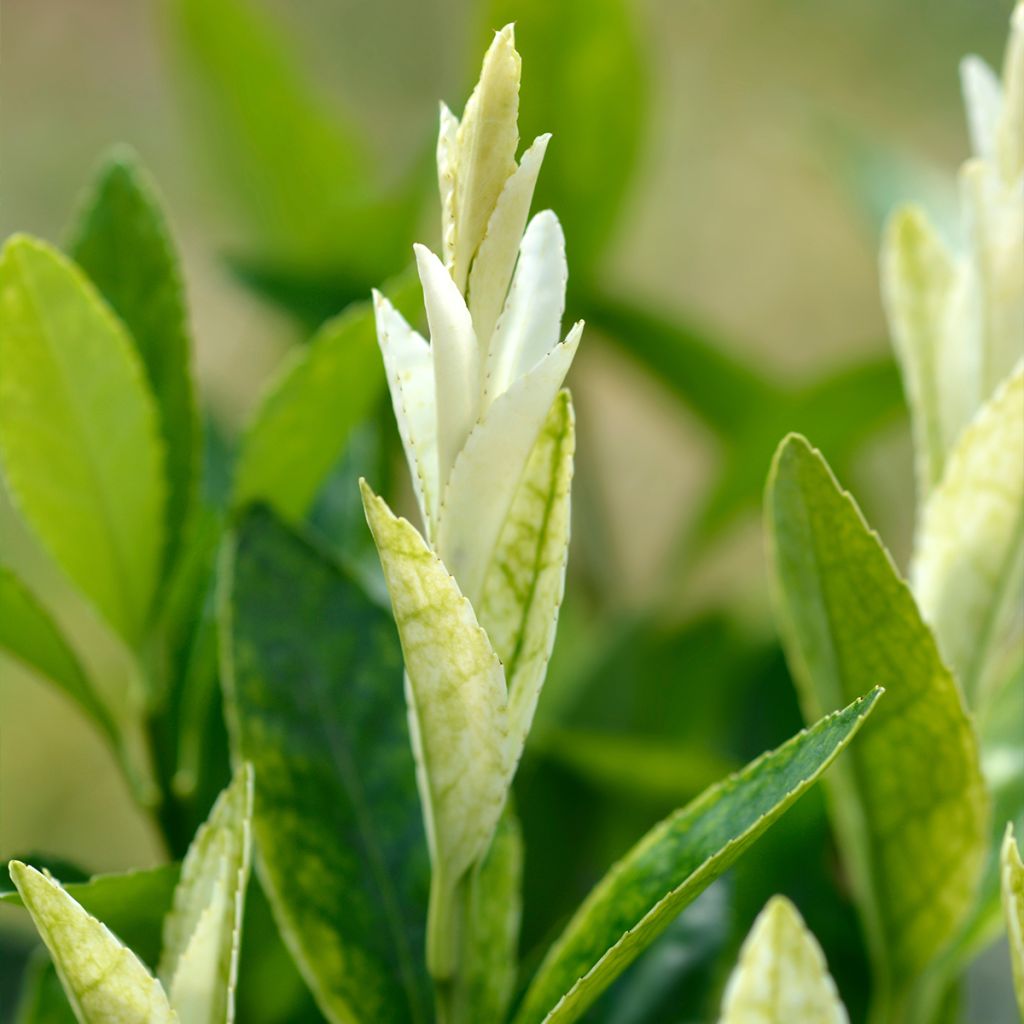

Euonymus japonicus Mikajo - Japanese Spindle
Euonymus japonicus Mikajo - Japanese Spindle
Euonymus japonicus Mikajo
Japanese Spindle, Evergreen Spindle
Special offer!
Receive a €20 voucher for any order over €90 (excluding delivery costs, credit notes, and plastic-free options)!
1- Add your favorite plants to your cart.
2- Once you have reached €90, confirm your order (you can even choose the delivery date!).
3- As soon as your order is shipped, you will receive an email containing your voucher code, valid for 3 months (90 days).
Your voucher is unique and can only be used once, for any order with a minimum value of €20, excluding delivery costs.
Can be combined with other current offers, non-divisible and non-refundable.
Why not try an alternative variety in stock?
View all →This plant carries a 24 months recovery warranty
More information
We guarantee the quality of our plants for a full growing cycle, and will replace at our expense any plant that fails to recover under normal climatic and planting conditions.
Would this plant suit my garden?
Set up your Plantfit profile →
Description
Euonymus japonicus Mikajo is a dwarf variety of Japanese Spindle with slow growth. In spring, this dwarf spindle produces young, very bright, cream-coloured leaves that contrast with the dark green foliage. In summer, this colour fades and disappears, and the shrub becomes entirely green again until the following spring. Its evergreen foliage and compact ball-shaped habit make it a great plant for container planting on a balcony. In open ground, it will adapt to most rich, fresh soils, as it is moderately hardy.
The Japanese Spindle belongs to the Celastraceae family, which is not very common in our gardens. It is native, as its name suggests, to Japan, but is also found in China and Korea. In the wild, this large shrub grows on slopes, in open areas, on the edge of forests, and even by the sea, where it can reach a height of 8 meters (26 feet 2 inches) and become a tree. Its hardiness is around -12 °C and its growth rate is quite slow.
The 'Mikajo' cultivar, with a much more compact development, also stands out for its foliage, which is coloured only part of the year, unlike many other variegated cultivars. In 'Mikajo', the young leaves that emerge at the end of branches in spring are of a very bright creamy colour. From a distance, they could almost be mistaken for flowers, especially if you choose to plant them in a beautiful decorative container, like a flowerpot. Then, green spots develop and eventually cover the entire surface of these leaves. In summer, the plant becomes entirely green again, with small ovate leaves measuring 3-4 cm (1.2-1.6 in) long forming a compact mass of a beautiful slightly shiny hue.
This subshrub can reach 60 cm (23.6 in) in all directions, it is truly a miniature plant. It can adapt to most soil types (except very acidic or lime-rich), as long as the soil is sufficiently moist, as it does not tolerate drought. It is best planted in full sun so that its spring colouration can be fully expressed. This small spindle is moderately hardy (maximum -10 °C), so it is advisable to choose a location sheltered from cold winds or a well-exposed wall in slightly cooler climates. In colder locations, it is preferable to plant it in a container so that it can be overwintered in a garage or cool room during freezing episodes.
Euonymus japonicus Mikajo will fully display its potential when planted in groups, to create attractive borders along a terrace or path. It is also very decorative when grown in a beautiful glazed pottery on a balcony or terrace. If it is integrated into a flowerbed, care must be taken not to plant vegetation with vigorous growth next to it, as it may suffocate the spindle. Ground cover perennials with reduced leaf size will be good companions, especially those that are proportionate to our spindle. Acaena inermis Purpurea, with its delicate, finely cut foliage that changes colour from pink to purple, will be a perfect choice. In golden tones, Lysimachia will also create an excellent colour contrast.
Plant habit
Flowering
Foliage
Botanical data
Euonymus
japonicus
Mikajo
Celastraceae
Japanese Spindle, Evergreen Spindle
Cultivar or hybrid
Other Japanese Spindle Trees - Euonymus japonicus
View all →Planting and care
Euonymus japonicus 'Mikajo' is preferably planted in spring in any well-drained soil, in a sunny or lightly shaded position. It prefers deep, humus-rich soils that remain moist and tolerates the presence of limestone. It is susceptible to severe frosts and is hardy to approximately -10 °C once established. Young plants will benefit from protection during the first winters, depending on the region.
On the other hand, hot and dry climates are not suitable for this evergreen spindle, as it may become affected by mealybugs and sooty mould, which will require frequent treatment with black soap.
Apply fertiliser twice a year, in early spring and autumn. In case of drought, water to maintain its beautiful foliage. If the plant is grown in a container, it is necessary to replace the growing substrate once a year in spring. Protect your pot if severe frosts are forecasted (< -5 °C).
Due to its limited growth, this dwarf spindle requires no pruning, at most a light trimming of the tops in summer (after the disappearance of decorative variegations) to maintain its shape if necessary.
Planting period
Intended location
Care
Planting & care advice
This item has not been reviewed yet - be the first to leave a review about it.
Similar products
Haven't found what you were looking for?
Hardiness is the lowest winter temperature a plant can endure without suffering serious damage or even dying. However, hardiness is affected by location (a sheltered area, such as a patio), protection (winter cover) and soil type (hardiness is improved by well-drained soil).

Photo Sharing Terms & Conditions
In order to encourage gardeners to interact and share their experiences, Promesse de fleurs offers various media enabling content to be uploaded onto its Site - in particular via the ‘Photo sharing’ module.
The User agrees to refrain from:
- Posting any content that is illegal, prejudicial, insulting, racist, inciteful to hatred, revisionist, contrary to public decency, that infringes on privacy or on the privacy rights of third parties, in particular the publicity rights of persons and goods, intellectual property rights, or the right to privacy.
- Submitting content on behalf of a third party;
- Impersonate the identity of a third party and/or publish any personal information about a third party;
In general, the User undertakes to refrain from any unethical behaviour.
All Content (in particular text, comments, files, images, photos, videos, creative works, etc.), which may be subject to property or intellectual property rights, image or other private rights, shall remain the property of the User, subject to the limited rights granted by the terms of the licence granted by Promesse de fleurs as stated below. Users are at liberty to publish or not to publish such Content on the Site, notably via the ‘Photo Sharing’ facility, and accept that this Content shall be made public and freely accessible, notably on the Internet.
Users further acknowledge, undertake to have ,and guarantee that they hold all necessary rights and permissions to publish such material on the Site, in particular with regard to the legislation in force pertaining to any privacy, property, intellectual property, image, or contractual rights, or rights of any other nature. By publishing such Content on the Site, Users acknowledge accepting full liability as publishers of the Content within the meaning of the law, and grant Promesse de fleurs, free of charge, an inclusive, worldwide licence for the said Content for the entire duration of its publication, including all reproduction, representation, up/downloading, displaying, performing, transmission, and storage rights.
Users also grant permission for their name to be linked to the Content and accept that this link may not always be made available.
By engaging in posting material, Users consent to their Content becoming automatically accessible on the Internet, in particular on other sites and/or blogs and/or web pages of the Promesse de fleurs site, including in particular social pages and the Promesse de fleurs catalogue.
Users may secure the removal of entrusted content free of charge by issuing a simple request via our contact form.
The flowering period indicated on our website applies to countries and regions located in USDA zone 8 (France, the United Kingdom, Ireland, the Netherlands, etc.)
It will vary according to where you live:
- In zones 9 to 10 (Italy, Spain, Greece, etc.), flowering will occur about 2 to 4 weeks earlier.
- In zones 6 to 7 (Germany, Poland, Slovenia, and lower mountainous regions), flowering will be delayed by 2 to 3 weeks.
- In zone 5 (Central Europe, Scandinavia), blooming will be delayed by 3 to 5 weeks.
In temperate climates, pruning of spring-flowering shrubs (forsythia, spireas, etc.) should be done just after flowering.
Pruning of summer-flowering shrubs (Indian Lilac, Perovskia, etc.) can be done in winter or spring.
In cold regions as well as with frost-sensitive plants, avoid pruning too early when severe frosts may still occur.
The planting period indicated on our website applies to countries and regions located in USDA zone 8 (France, United Kingdom, Ireland, Netherlands).
It will vary according to where you live:
- In Mediterranean zones (Marseille, Madrid, Milan, etc.), autumn and winter are the best planting periods.
- In continental zones (Strasbourg, Munich, Vienna, etc.), delay planting by 2 to 3 weeks in spring and bring it forward by 2 to 4 weeks in autumn.
- In mountainous regions (the Alps, Pyrenees, Carpathians, etc.), it is best to plant in late spring (May-June) or late summer (August-September).
The harvesting period indicated on our website applies to countries and regions in USDA zone 8 (France, England, Ireland, the Netherlands).
In colder areas (Scandinavia, Poland, Austria...) fruit and vegetable harvests are likely to be delayed by 3-4 weeks.
In warmer areas (Italy, Spain, Greece, etc.), harvesting will probably take place earlier, depending on weather conditions.
The sowing periods indicated on our website apply to countries and regions within USDA Zone 8 (France, UK, Ireland, Netherlands).
In colder areas (Scandinavia, Poland, Austria...), delay any outdoor sowing by 3-4 weeks, or sow under glass.
In warmer climes (Italy, Spain, Greece, etc.), bring outdoor sowing forward by a few weeks.





































